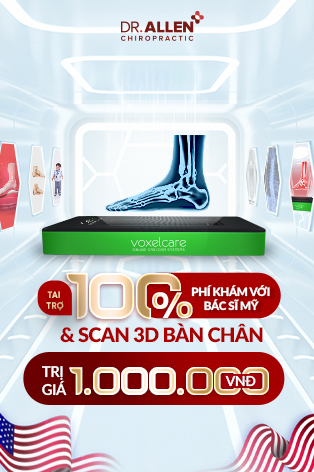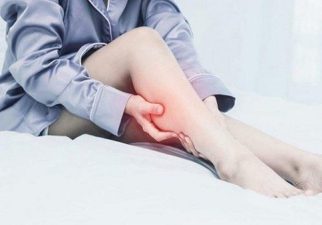The spine, with its intricate structure and essential role in our mobility, is also susceptible to degenerative changes. Spondylosis is one such condition, often used interchangeably with other terms but distinct in its nature. Let’s dive into the world of spondylosis, using the provided keywords, to give you a clearer understanding.
1. What is Spondylosis of the Spine?
Spondylosis refers to the degenerative changes that occur in the spine as a result of age-related wear and tear. These changes may include the formation of bone spurs, the degeneration of intervertebral discs, or the thickening of the ligaments in the spine. The condition can manifest as pain, stiffness, or nerve compression, depending on its severity and location.
2. Spondylosis vs. Degenerative Disc Disease
While both spondylosis and degenerative disc disease (DDD) are age-related degenerative conditions of the spine, they aren’t precisely the same.
- Spondylosis: Refers broadly to degenerative changes in the spine, including bone spurs, ligament thickening, and disc degeneration.
- Degenerative Disc Disease: Specifically targets the intervertebral discs, which act as cushions between the vertebrae. In DDD, these discs lose hydration and become thinner, potentially leading to pain and other symptoms.
3. Spondylosis Medical Definition
Medically, spondylosis is defined as a degenerative osteoarthritic change in the joints of the spine, leading to the formation of bone spurs and degeneration of spinal discs.
4. Types of Spondylosis
Depending on its location, spondylosis can be classified into:
- Cervical Spondylosis: Affecting the neck region.
- Thoracic Spondylosis: Affecting the mid-back area.
- Lumbar Spondylosis: Targeting the lower back.
5. Mild Thoracic Spondylosis
When spondylosis occurs in the thoracic (mid-back) region and is in its early stages, it’s termed as mild thoracic spondylosis. Symptoms might be minimal or absent, but early intervention can prevent progression.
6. Multilevel Spondylosis
This term indicates that multiple sections or levels of the spine are affected by degenerative changes. For example, a person could have spondylosis in both the cervical and lumbar regions.
7. Spondylosis in Young Adults
While age is a primary risk factor for spondylosis, young adults are not immune. Contributing factors can include genetics, trauma, repetitive strain, or even certain sports and activities. Early detection and management are vital for this age group to prevent complications in later life.
In Conclusion, while spondylosis is an age-related degenerative condition, it doesn’t spell the end of an active life. Knowledge is power, and understanding the nuances of spondylosis can empower individuals to seek appropriate care and interventions. Regular check-ups, healthy lifestyle choices, and staying informed are essential steps towards managing this condition effectively.










